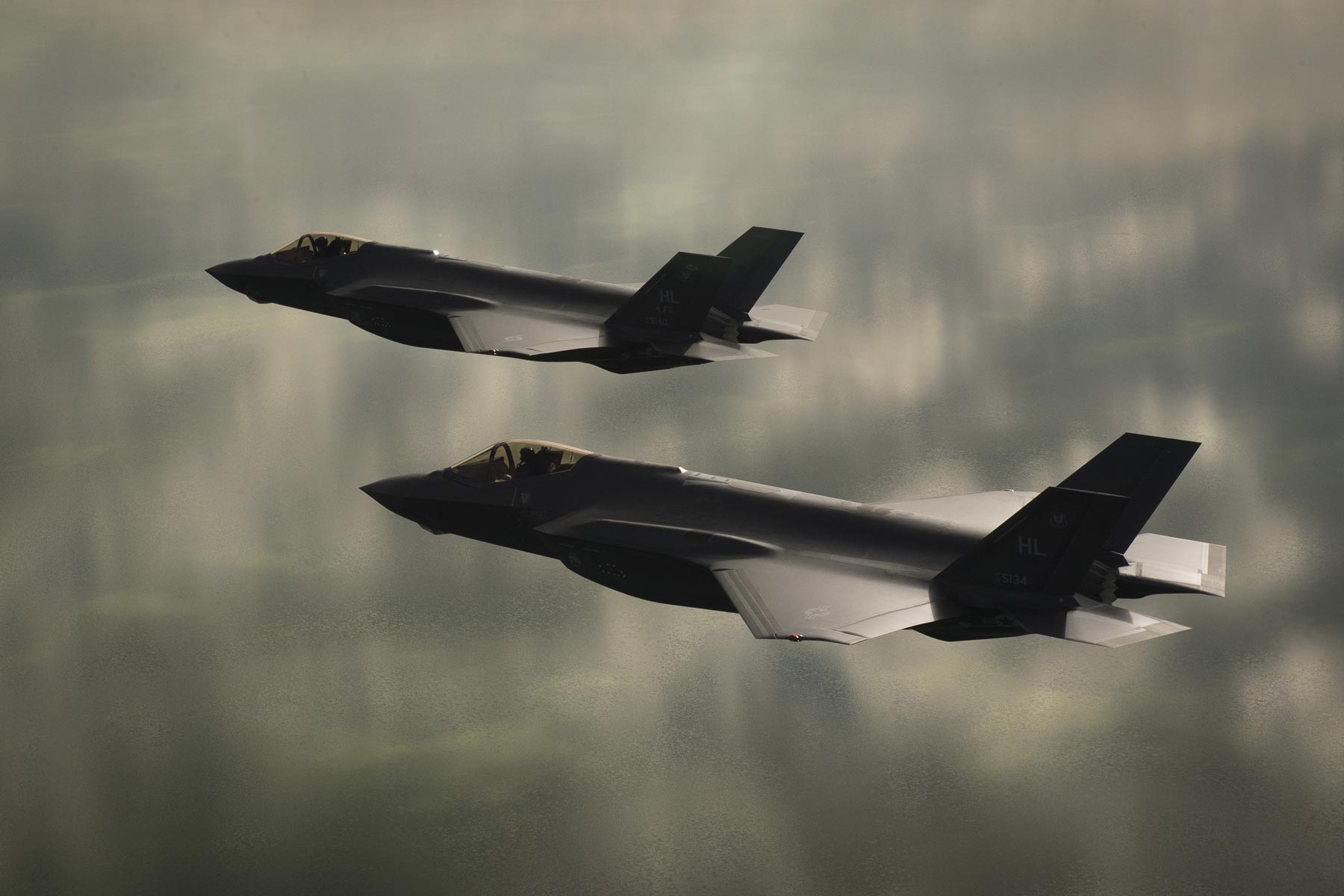StealthFlanker
New Member
- Joined
- Aug 12, 2016
- Messages
- 879
- Likes
- 1,213
The key advantage of F-35 over any other aircraft is cognitive EW. Meaning it can react to new waveform that isn't previously recorded in library in real timeQuick question. How would instantaneous update happen to the library without necessary verification and sign offs. Almost most modern aircraft including the rafale continually record and classify electronic signatures on the go. Which is why it has a powerful mdpu inside a single aircraft to collate and classify multiple sensor input for a single source. Data sharing also means that the rafale would share the same processed data to other aircraft. This is what dassault claims.
One that data is stored, there is a lot of verification process before said Air Force can officially update a threat library. This is my understanding.
I really don’t see the advantage of the F35 here compared to the likes of other 4++aircraft. The only advantage I see for the F35 is the USAF has integrated not just the F35, but also scores of other ground and airborne platforms, such that it is able to get a tactical picture even before take off.
“In the past, what would happen is you’d send out your EA-18,” the military’s top-of-the-line EW aircraft, Deputy Defense Secretary Bob Work said last month in an event at the Center for New American Security. “It would find a new waveform. There was no way for us to do anything about it. The pilot would come back, they would talk about it, they’d replicate it, they’d emulate it. It would go into the ‘ gonculator ,’ goncu-goncu-goncu-gonculatoring, and then you would have something, and then maybe some time down the road, you would have a response.”
That process is far too slow to be effective against digitally programmable radars. “The software [to defeat new waveforms] may take on the order of months or years, but the effectiveness needs to programed within hours or seconds. If it’s an interaction with a radar and a jammer, for example, sometime it’s a microsecond,” said Robert Stein, who co-chaired the Defense Science Board study.
Read “interaction” in that context to mean the critical moment when an adversary, perhaps a single lowly radar operator, detects a U.S. military aircraft on a covert operation. That moment of detection is the sort of world-changing event that happens, literally, in the blink of an eye.
Just before the study came out, the Defense Advanced Research Projects Agency, or DARPA, established the Adaptive Radar Countermeasures program to “enable U.S. airborne EW systems to automatically generate effective countermeasures against new, unknown and adaptive radars in real-time in the field.”
The goal: EW software that can perceive new waveforms and attacks as quickly and as clearly as a living being can hear leaves rustle or see a predator crouching in the distance, then respond creatively to the threat: can I outrun that? Can I fight it? Should I do anything at all? It’s a problem of artificial intelligence: creating a living intelligence in code

This Is The Most Important Technology On the F-35
Cognitive EW, currently in its infancy, may one day help justify the Joint Strike Fighter’s enormous cost.







